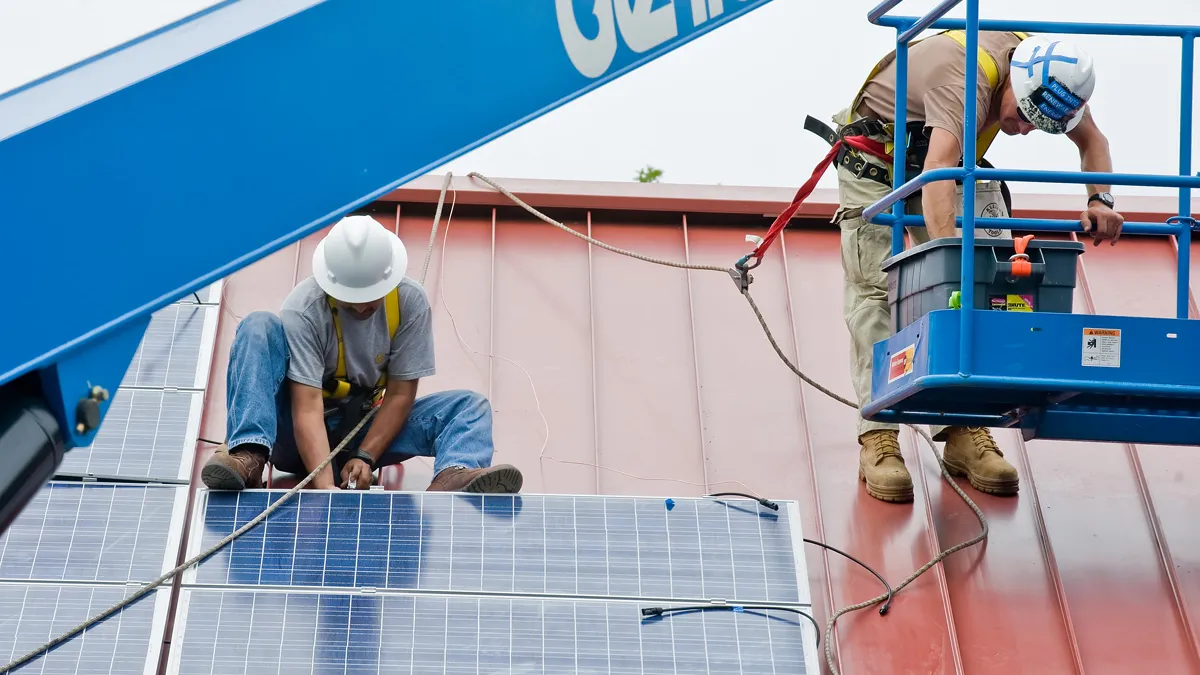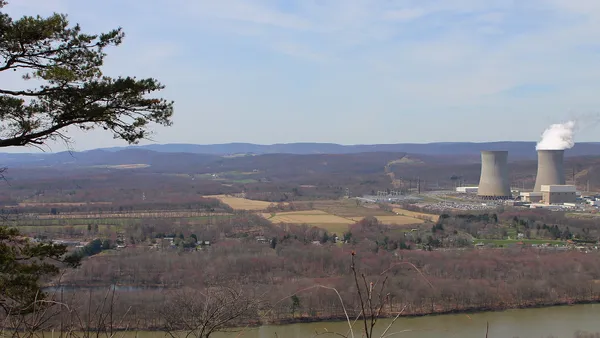Dive Brief:
- Northern Indiana Public Service Co. (NIPSCO) has filed with regulators a proposal to expand its voluntary feed-in tariff (FIT) program by about 50%
- The proposal would allow NIPSCO to procure 16 MW of small-scale renewable power, and builds upon the existing FIT 1.0, which created 30 MW of market capacity for local renewables.
- NIPSCO filed its FIT 2.0 proposal after a lengthy settlement process between the utility and several ratepayer and environmental advocates.
Dive Insight:
Under FIT 2.0, NIPSCO said it will offer 15-year contracts to solar, wind and biomass projects. The standard offer contract price varies by both technology and project size.
"Given the success of NIPSCO’s initial feed-in tariff, it is natural to see an expansion of the program,” said Craig Lewis, Executive Director of the Clean Coalition. “Feed-in tariffs are the world’s most successful policy for deploying local renewable energy in a straightforward and cost-effective manner. In addition, given that feed-in tariffs avoid critical issues associated with net metering, by maintaining customer loads and eliminating multi-tenant complexities, utilities and communities across the country should be implementing feed-in tariffs.”
The FIT 2.0 proposal is the result of a months-long settlement process between the utility, Indiana Office of Utility Consumer Counselor, Sierra Club, Citizens Action Coalition, and Indiana Distributed Energy Alliance, which the Clean Coalition advised.
“Indiana is unique to have voluntary feed-in tariffs to promote the development of renewable energy resources,” said Laura Ann Arnold, President of Indiana Distributed Energy Alliance. “We worked very hard to develop a logical continuation of the NIPSCO FIT that is fair to everyone, including non-participating ratepayers.”
The plan includes rates for micro and intermediate wind and solar, as well as biomass projects.
All capacity for micro solar, micro wind and intermediate wind will be made available when the program is approved, NIPSCO said. Half of the intermediate solar and biomass capacity will be reserved for a second allocation period, however, which will occur two years after program approval.















